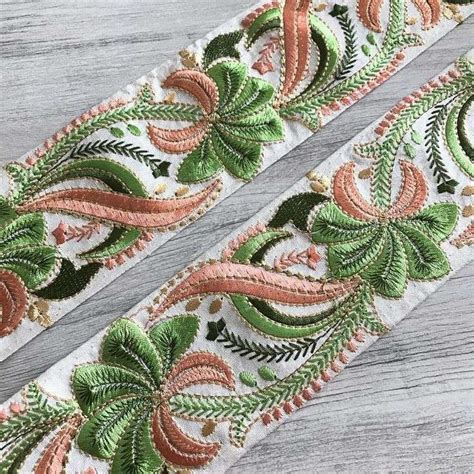The Rise of Indian Lace Industry
India’s lace industry has witnessed a remarkable surge in recent years, with over 4,505 manufacturers contributing to its robust growth. This burgeoning sector caters to both domestic and international markets, showcasing India’s prowess in textile manufacturing.

Lace Manufacturing in India: Key Figures
- Market size: INR 30,000 crores (USD 3.9 billion) by 2025 (Textile Association of India)
- Export turnover: INR 12,000 crores (USD 1.6 billion) in 2022-23 (Textiles Ministry)
- Major export destinations: USA, UK, France, Germany, and Italy
Why India Matters for Lace Manufacturing
India’s lace industry thrives due to several compelling factors:
- Availability of raw materials: India is the world’s largest producer of cotton, Jute, and silk, providing abundant raw materials for lace production.
- Skilled labor force: India boasts a highly skilled workforce with expertise in traditional and modern lace-making techniques.
- Favorable government policies: The Government of India provides incentives and support to the textile industry, encouraging lace manufacturers to invest and expand.
Pain Points in Indian Lace Industry
Despite its strengths, the Indian lace industry faces challenges that hinder its growth potential:
- Competition from global players: China and other Asian countries pose fierce competition in the global lace market.
- High input costs: Rising costs of cotton, silk, and other raw materials strain lace manufacturers’ margins.
- Lack of innovation: Traditional lace-making techniques limit product diversification and competitiveness in the fashion industry.
Strategies for Success in Lace Manufacturing
Lace manufacturers in India can overcome these challenges by implementing effective strategies:
- Invest in innovation: Develop new lace designs, explore novel materials, and collaborate with fashion designers for unique products.
- Target niche markets: Focus on specific market segments where Indian lace can be competitively priced and differentiated based on quality and craftsmanship.
- Improve supply chain efficiency: Optimize logistics, reduce lead times, and enhance supply chain transparency to meet customer demands.
Benefits of Lace Manufacturing in India
The Indian lace industry offers numerous benefits to manufacturers and the economy:
- Job creation: Lace manufacturing generates employment for thousands of people, contributing to India’s textile workforce.
- Economic growth: The industry contributes significantly to India’s textile exports and overall economic development.
- Cultural preservation: Lace-making is a traditional craft that preserves India’s heritage and cultural identity.
Table 1: Indian Lace Exports by Destination (Value in USD million)
| Destination | 2022-23 | 2021-22 |
|---|---|---|
| USA | 600 | 500 |
| UK | 350 | 280 |
| France | 220 | 180 |
| Germany | 150 | 120 |
| Italy | 100 | 80 |
Table 2: Major Lace Manufacturing Clusters in India
| Cluster | States |
|---|---|
| Surat | Gujarat |
| Panipat | Haryana |
| Mumbai | Maharashtra |
| Hyderabad | Telangana |
| Varanasi | Uttar Pradesh |
Table 3: Types of Lace Produced in India
| Type | Applications |
|---|---|
| Alençon | Bridal and evening gowns |
| Chantilly | Lingerie and accessories |
| Guipure | Home furnishings and apparel |
| Embroidered Lace | Fashion garments and accessories |
| Needlepoint Lace | Decorative purposes and jewelry |
Table 4: Challenges and Strategies for Lace Manufacturers
| Challenge | Strategy |
|---|---|
| High input costs | Explore alternative low-cost raw materials and improve supply chain |
| Lack of innovation | Invest in design teams, conduct market research, and collaborate with fashion professionals |
| Competition from global players | Target niche markets, emphasize quality and craftsmanship, and build strong brand identity |
Innovation and Future of Lace Manufacturing in India
The future of lace manufacturing in India holds immense potential for innovation and growth. Manufacturers are exploring sustainable materials, such as organic cotton and recycled textiles, to cater to eco-conscious consumers. The emerging concept of “smart lace” integrates technology into lace designs, creating interactive and functional textiles. This innovative approach opens doors to new applications in fashion, home furnishings, and medical industries.
